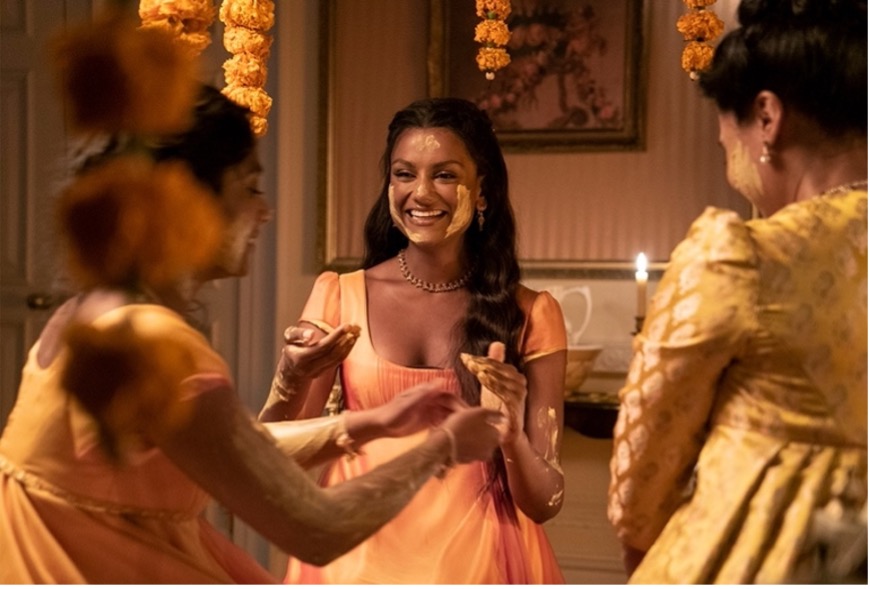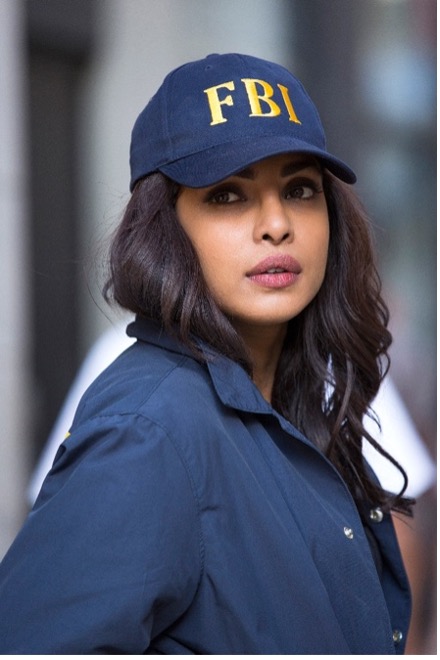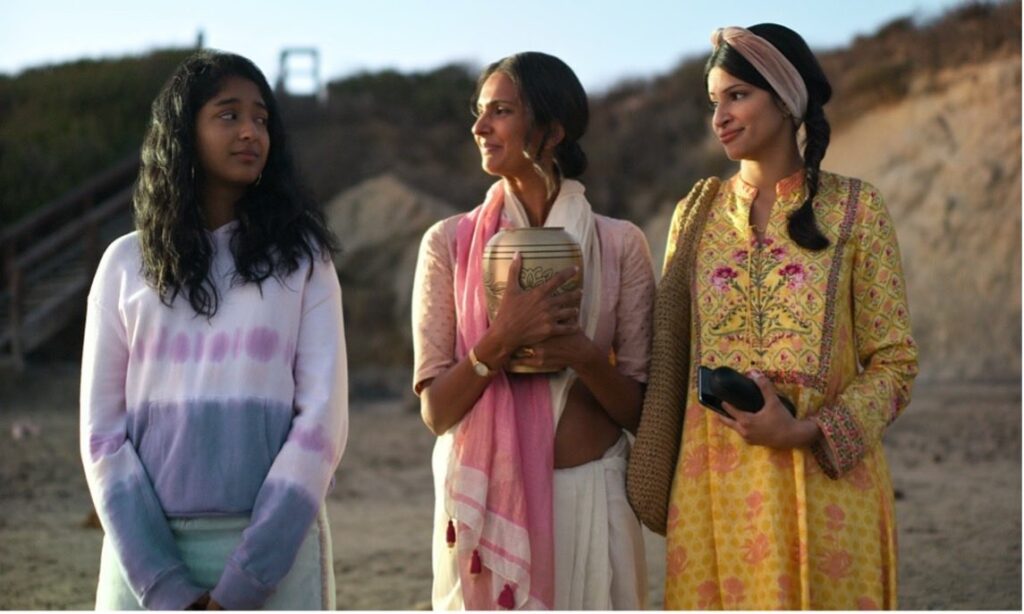The South Asian diaspora in the United States of America is one of the most prominent diasporas in the country. Further, through waves of migration, South Asian diasporas have formed one of the most common types of immigrant settlements across the globe. Members of such diasporas form communities that are connected by feelings of fraternity and brotherhood that likely arise from their shared ancestry.
In America, South Asians account for about 5.6% of the total population, and this number is only expected to grow in the coming years. Over the years, the Asian American community has established itself as an integral part of the fabric of the country, thus making it impossible to separate their voices and their stories as something other than intrinsic to the American story and experience.
South Asia is a vast geographical region comprising several countries, each unique in their customs and traditions, making it a subcontinent of incredible cultural diversity. One of the biggest issues with how South Asia has been represented in the media, specifically in Hollywood, has been the utilisation of a ‘one size fits all’, unidimensional model. This is ironic as South Asian characters have often been brought in for a bit of diversity in the cast or in the show itself. But when it is the same lazy stereotypical prototype of a character that is used and reused in show after show, viewers are left feeling dejected.

A majority of the frustration that stemmed from South Asian representation in Western media has arisen from a lack of good South Asian characters, both in quantity and in quality. South Asian representation has mostly taken the form of an Indian or Pakistani character who was a nerdy, goody-two-shoes, Type – A sort of individual. This sort of characterisation is indicative of tokenism, which is made evident by the fact that South Asian characters in Hollywood have historically had the tendency to be cut from the same cloth, offering viewers more of the same type of character and not anything new. This tokenism in characterisation indicates a desire to merely tap into a new market of viewers and consumers without actually making an effort to cater to their interests, tastes and demands.
This is also evidenced in the way that South Asian characters tend to be cast in a negative light or made to appear undesirable in comparison to their Western counterparts. This sort of perception is particularly dangerous as it acts as an accelerant in already turbulent times.
Not only does such a perception isolate South Asian Americans from the general population, but it also leaves South Asians feeling underrepresented as they are not likely to feel emotionally connected to flat, unidimensional characters that lack any real depth but are similar to them only in ethnicity.
Typecasting ‘desi’ characters as nerdy, goody-goody, or even just plain and stingy meant that a South Asian character could only do so much. They were written in a way where a large part of their personality made them generally undesirable. Often, being stereotypically desi or South Asian was the only perceivable trait they were deemed worthy of having. And since representation was sparse, viewers made do with these unidimensional characters.
This model of South Asian characterisation enabled shows and movies to not only tap into a new audience but also provide them with an avenue to access unique cultures and then profit off of them without doing their due diligence. Using a model of cultural appropriation seemed to have been a staple part of several writers’ script toolkits until quite recently when South Asian Actors started making waves and opened the doors for more realistic representation and better-quality roles.

Mindy Kaling and Priyanka Chopra Jonas have popularly been credited for being harbingers of a new age that ushered in an era of improved South Asian Representation in Western television and cinema. Priyanka Chopra is an actress, singer, and philanthropist who rose to fame after winning the prestigious title of Miss World in 2000. She then not only saw immense success in the Indian film industry, winning several accolades for her work but also made a name for herself in Hollywood. Her role as Alex Parrish on ABC’s Quantico made her one of the first South Asian women ever to headline an American television network show.
Mindy Kaling’s role in The Office, where she played Kelly Kapoor, a ditzy, gossip-loving customer service representative, was a far cry from how the stereotypical Indian American woman would have been portrayed. The charm in the characterisation of Kelly Kapoor lies in the fact that she is unapologetically herself. She feels no need to defend her hobbies and interests and also doesn’t see the point in trying to be anything but who she truly is.
Another example of South Asian Representation that broke away from the established norm was that of Mo from Disney’s ‘Lemonade Mouth’. Mohini ‘Mo’ Banjaree was a high school student with a passion for music who formed a band with four other students she met in detention. Mo was intelligent and caring. She was also a classically trained musician. But she was a far cry from the perfect Indian daughter her traditional father wanted her to be. She would swap her simple clothes for more fashion-forward clothing when she got to school and even had a boyfriend whom she kept a secret from her parents. Many young fans saw themselves in Mo as they, too, worked to strike a balance between the ideals their immigrant parents valued and the ideals their American peers held dear.

Another particularly interesting case of South Asian representation to look at is Netflix’s ‘Never Have I Ever’. One of the reasons why the show was so well received was because the protagonist Devi Vishwakumar, played by Maitreyi Ramakrishnan, is written quite realistically. Devi is introduced as an intelligent but dorky overachiever who gets into trouble because she tends to lose her cool. Over the course of the show, we get to watch her stumble through the turbulent years of high school. Devi makes several bad decisions and often makes a mess of things, but she has an air of earnestness as she tries to rectify her mistakes, which makes it hard not to root for her. The show follows her life as she comes into her own, accepting and appreciating her ethnicity and culture as she slowly crosses the threshold of adolescence and moves into her adulthood.
Characters like Kelly and Devi are laying the foundation for a new age of South Asian characters that could be anything they wanted to be.
xToday, South Asian actors have taken centre stage as diverse roles and well-written characters have been recognised as the bare minimum and are now considered to be the norm. Shows like ‘Bridgerton’ and ‘Never Have I Ever’ were instrumental in shaping an era of South Asian representation where the characters were actively depicted as desirable. Ms. Marvel, a mini-series based on the Marvel comic of the same name, explores perspectives from the Muslim American diaspora. The show follows Kamala Khan, the first-ever Muslim superhero of the Marvel Universe, as she discovers her powers.
What makes current South Asian representation so much more special is that these characters are now being drawn up in a way that gives them a lot of depth. These characters are no longer forced to maintain unidimensional fronts. For instance, they do not have to maintain prudish personalities to be considered morally good. Characters like Devi are flawed, and evidently so. But that in itself is the charm of her character. Watching characters have breakdowns and express rage, joy, and sadness makes them seem more realistic and more relatable. For instance, succumbing to the pressure of being perfect is something many South Asians can relate to, which is perhaps why Devi’s character arc in ‘Never Have I Ever’ is one that viewers have enjoyed thoroughly.
How people perceive themselves forms an essential part of how individuals express themselves and further how they express themselves in society. This, in turn, will have an impact on the way relationships are built and maintained in society. Good representation involves portraying genuine characters, not perfect ones. Not only will accurate depictions and portrayals enable the diaspora to feel truly seen and represented, but it will also create an environment that is conducive to expressing, understanding, and nurturing diverse stories, lives and cultures.
Written by – Nandini Pillai
Edited by – Mrunmayee Patwardhan
